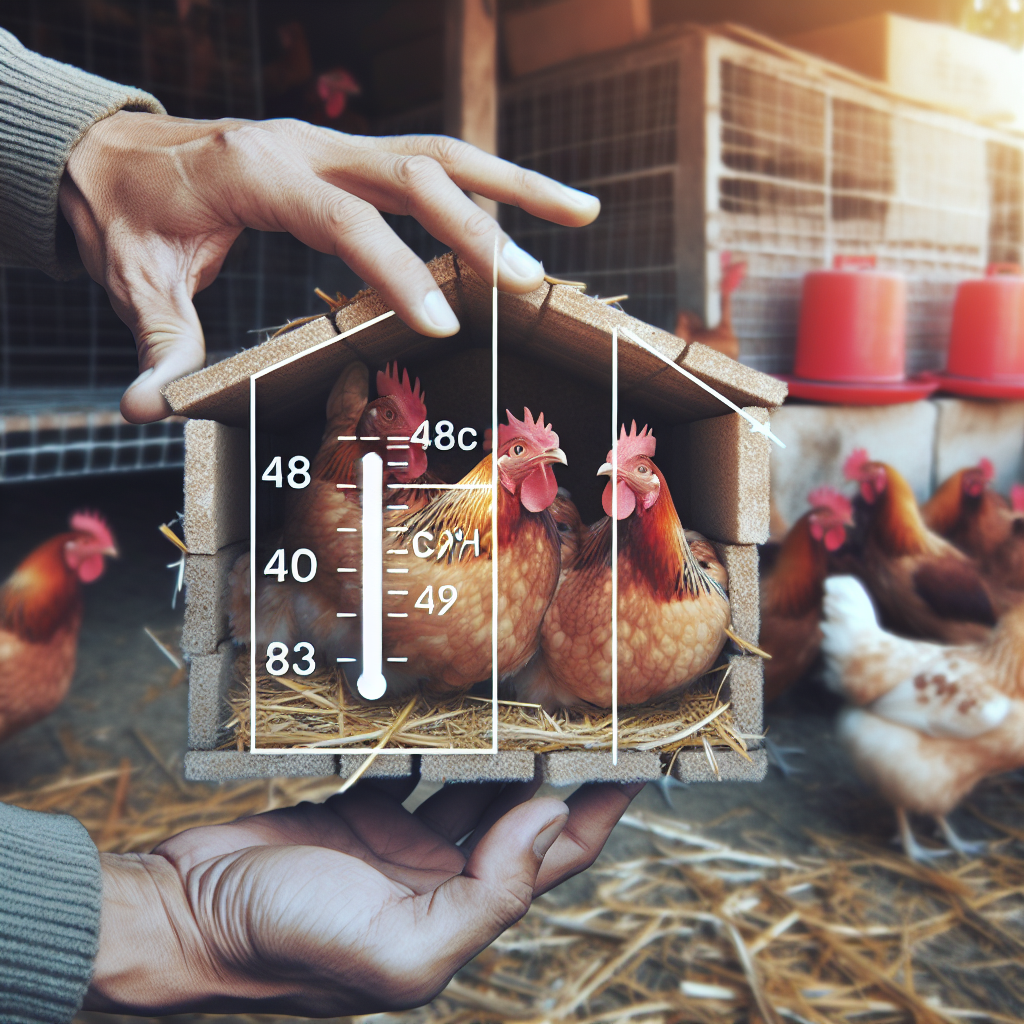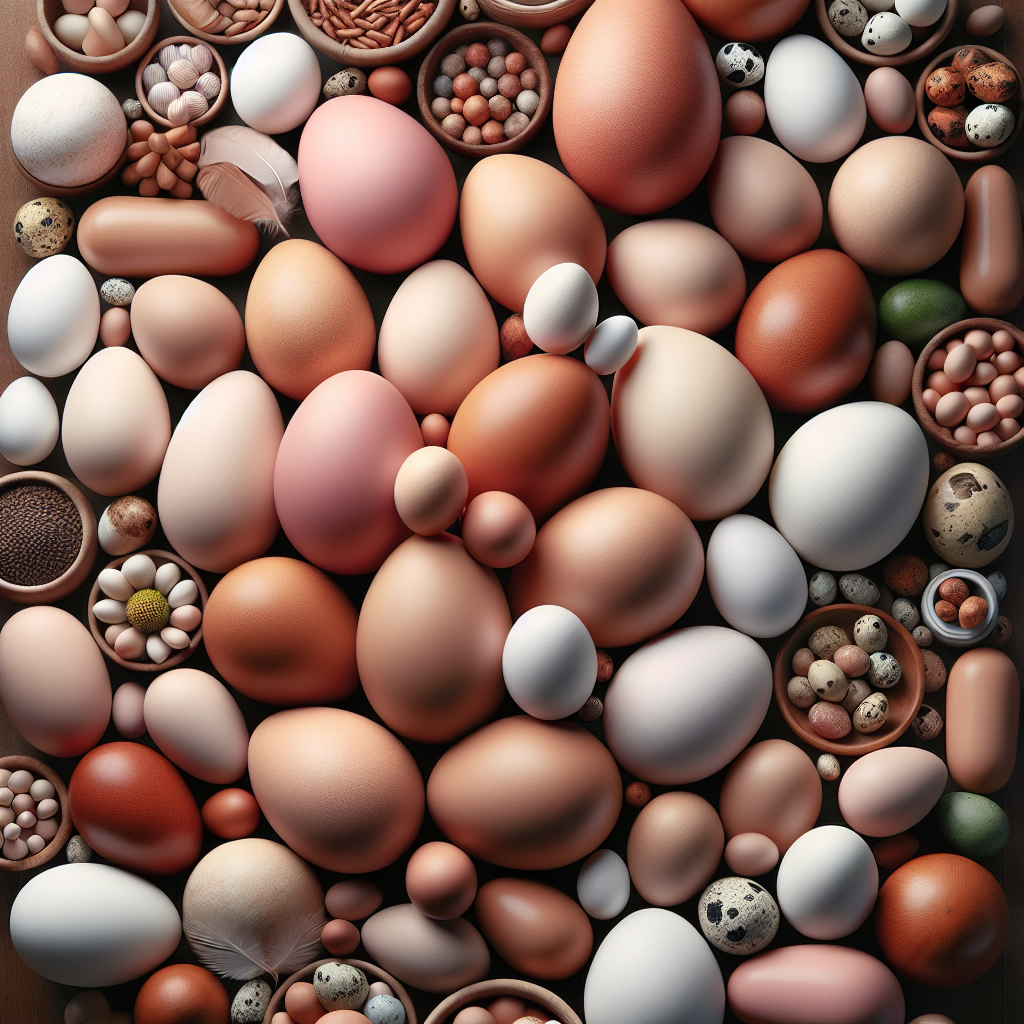Have you ever wondered about the key differences between broilers and layers in chicken farming? Well, look no further! In this article, we will explore the distinct characteristics of broilers and layers in the context of chicken farming. From their purpose to their growth patterns, we will unravel the unique traits that set these two types of chickens apart. So, if you’re eager to enhance your knowledge about chicken farming, let’s begin our journey to discover the significant disparities between broilers and layers.
Physical Characteristics of Broilers and Layers
Body Shape and Size
Broilers are known for their compact body shape, with broad chests and well-developed muscles, making them ideal for meat production. They have a larger size compared to layers, weighing between 4 and 7 pounds. On the other hand, layers have a more slender body shape, designed for egg production. They are smaller in size, weighing around 3 to 4 pounds.
Feathers
Broilers have thicker feathers that provide insulation and protection, especially during their short lifespan. These feathers are usually white or yellow and are tightly packed to keep the birds warm. In contrast, layers have softer and more plumage feathers. The softness of their feathers allows them to comfortably lay eggs and provides insulation for temperature control.
Color
When it comes to color, broilers and layers differ in their appearance. Broilers are typically white or yellow in color, while layers can come in a variety of colors, including black, brown, or white. This difference is mainly due to breeding and genetic factors, as certain color traits are often preferred for specific purposes in chicken farming.
Purposes of Broilers and Layers
Meat Production
Broilers are primarily raised for meat production. They are bred to grow rapidly, reaching market weight in as little as 6 to 7 weeks. Due to their efficient feed conversion ratio and high meat yield, broilers are the preferred choice for meat production in the poultry industry. The meat of broilers is tender, juicy, and well-suited for various cooking methods.
Egg Production
Layers, on the other hand, are specifically bred for egg production. They are selected based on their ability to consistently lay large and high-quality eggs. Layers reach their peak egg-laying capacity at around 6 to 8 months of age and continue to lay eggs for a period of 1 to 2 years, depending on the breed and management practices. Their eggs are nutritious, with a strong and durable shell.
Growth and Development
Time to Maturity
Broilers have a relatively short time to maturity compared to layers. They reach market weight at around 6 to 7 weeks of age, thanks to their rapid growth rate. Layers, however, take longer to mature sexually and begin laying eggs. They typically start laying eggs between 20 to 24 weeks of age, depending on the breed and environmental factors.
Weight Gain
Broilers are bred for their fast growth and have a high weight gain potential compared to layers. They have been genetically selected to efficiently convert feed into muscle mass, resulting in rapid weight gain. In contrast, layers have a slower growth rate as their energy is focused on egg production rather than muscle development.
Exercise Tolerance
Due to their rapid growth and large size, broilers generally have lower exercise tolerance compared to layers. Their heavy body weight may limit their mobility and ability to engage in physical activities. Layers, being lighter and more agile, have better exercise tolerance and can move around more freely.
Feeding Requirements
Nutritional Needs
Both broilers and layers have specific nutritional requirements based on their purposes. Broilers require a diet high in protein and energy to support their rapid muscle growth. They need balanced amounts of vitamins and minerals to ensure their overall health. Layers, on the other hand, have higher calcium requirements to support eggshell formation, along with adequate protein and energy for egg production.
Feed Conversion Ratio
Broilers are known for their excellent feed conversion ratio, which means they efficiently convert feed into body weight gain. They have a higher feed conversion ratio compared to layers, indicating that they require less feed to produce a pound of body weight. This efficiency makes broilers more cost-effective for meat production. Layers, although less efficient in converting feed, compensate for it by converting the nutrients into high-quality eggs.
Housing and Space Requirements
Floor Space per Bird
The floor space required per bird varies depending on the purpose of the chickens. For broilers, the recommended space is approximately 0.7 to 1 square foot per bird. This allocation allows them to move around comfortably and prevents overcrowding. Layers, however, require more space due to their increased activity level and the need for nest boxes. The recommended floor space for layers is around 1.5 to 2 square feet per bird.
Cage System
In some poultry farms, both broilers and layers may be raised in cage systems. These systems provide a controlled environment and maximize space utilization. Broilers in cage systems require a minimum of 0.5 to 0.7 square foot per bird, while layers need around 0.8 to 1 square foot per bird. The cages should be well-designed to provide proper ventilation, lighting, and ease of access for feeding and egg collection.
Temperature Control
Maintaining the appropriate temperature is crucial for both broilers and layers. Broilers require a warm environment, especially during their early growth stages, to ensure optimal growth. The recommended temperature for broilers is around 90-95°F during the first week, gradually decreasing to around 70-75°F by the end of the rearing period. Layers need a slightly lower temperature, ranging from 65-75°F throughout their egg-laying phase.
Health Considerations
Disease Susceptibility
Broilers and layers may have different disease susceptibilities due to their genetic characteristics and management practices. Broilers, with their shortened lifespan, have a higher risk of developing metabolic disorders and musculoskeletal issues due to their fast growth rate. Layers, on the other hand, face a higher risk of reproductive disorders and egg-laying problems, such as egg binding. Proper biosecurity measures, vaccination protocols, and regular health monitoring are essential for both broilers and layers.
Vaccination Requirements
To protect broilers and layers from common poultry diseases, vaccination is necessary. Broilers require vaccinations against diseases such as Marek’s disease, Newcastle disease, and Infectious Bronchitis. Layers, in addition to these vaccines, also need vaccinations against diseases like Avian Influenza and Salmonella. Vaccination schedules should be followed meticulously to ensure the health and well-being of the birds.
Lifespan
Broiler Lifespan
Broilers have a relatively short lifespan due to their accelerated growth rate. They are typically sent for slaughter around 6 to 7 weeks of age, reaching their market weight. This short lifespan allows for efficient meat production, as broilers are bred to provide a high yield of meat within a short period.
Layer Lifespan
Layers have a longer lifespan compared to broilers, but their productive egg-laying period is limited. Most layers reach their peak egg production at around 6 to 8 months of age and continue laying eggs for approximately 1 to 2 years. After this period, their egg production gradually declines, and they are usually culled from the flock. Some layers may be rehomed for backyard or free-range settings, where they can live out their natural lifespan.
Economic Viability
Profitability
The profitability of raising broilers and layers depends on various factors, including market demand, input costs, and management practices. Broilers, with their shorter growing period and high meat yield, generally generate quicker returns on investment. Layers, although requiring a longer feeding period, can also be economically viable due to their consistent egg production and stable market demand.
Industry Demand
The demand for broilers and layers varies based on consumer preferences, regional trends, and market dynamics. Broilers, being the primary choice for meat production, usually have a constant demand due to the popularity of chicken meat in various cuisines. Layers, on the other hand, cater to the demand for eggs in both retail and foodservice sectors. Understanding and aligning with industry demand is crucial for the economic success of poultry farming operations.
Environmental Impact
Waste Management
Chicken farming, like any agricultural activity, produces waste that needs proper management to minimize its environmental impact. Broiler and layer operations should implement waste management practices that focus on proper manure storage, treatment, and disposal. Efficient systems for nutrient recycling, such as composting or anaerobic digestion, can be employed to convert waste into valuable resources.
Resource Consumption
Poultry farming, including both broilers and layers, requires careful management of resources such as water and energy. Implementing efficient watering systems, using renewable energy sources, and optimizing feed formulations can contribute to reducing resource consumption. Responsible resource management helps minimize the environmental footprint of chicken farming and ensures long-term sustainability.
Market Demands and Trends
Consumer Preference
Consumer preferences are constantly evolving, and understanding these preferences is crucial for the success of broiler and layer farming. Consumers increasingly value factors such as animal welfare, organic production, and sustainable farming practices. Meeting these market demands can open up opportunities for premium poultry products and niche markets.
Sustainable Farming
Sustainable farming practices are gaining traction in the poultry industry. Implementing practices such as rotational grazing, use of renewable energy, and minimizing chemical inputs can enhance the sustainability of broiler and layer farming. Embracing sustainable farming not only aligns with market trends but also contributes to the long-term viability and resilience of poultry operations.
In conclusion, broilers and layers differ in various aspects, including physical characteristics, purposes, growth and development, feeding requirements, housing and space requirements, health considerations, lifespan, economic viability, environmental impact, and market demands. Understanding these differences is essential for successful chicken farming, as it enables farmers to make informed decisions that ensure the well-being of the birds, economic viability, and sustainable practices.




